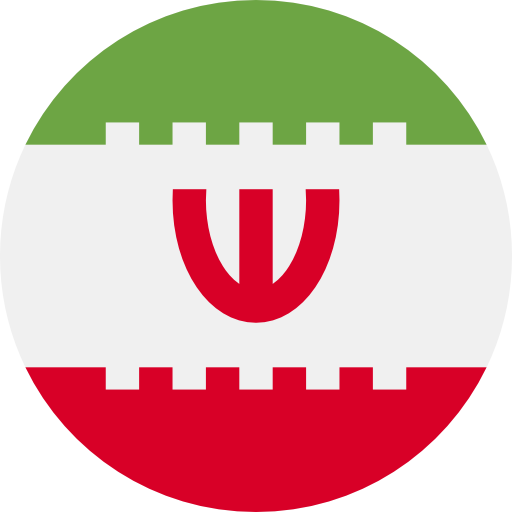
- Home
- Coin Values
- Regions
- Spot Silver Price: $71.85

Silver coins were in regular circulation in Iran. The values below represent the intrinsic value of silver coins from Iran.
Iran silver coins that are in uncirculated condition, or that may be rare and collectible may also have numismatic value. You can use this table as a guide when buying and selling circulated silver coins from Iran.
The melt values are calculated and displayed in USD based on the today's silver spot price of $71.85 per troy ounce.
| Denomination / Currency | Years Minted | Fineness | Gross Weight (g) | ASW (g) | ASW (oz t) | Melt Value |
|---|---|---|---|---|---|---|
| 1/4 Qiran | 1925 | .900 | 1.15 | 1.04 | .0333 | $2.39 |
| 500 Dinar | 1926- 1929 | .900 | 2.3 | 2.07 | .0666 | $4.79 |
| 1000 Dinar | 1926- 1929 | .900 | 4.61 | 4.15 | .1334 | $9.58 |
| 2000 Dinar | 1925- 1929 | .900 | 9.21 | 8.29 | .2665 | $19.15 |
| 1/4 Rial | 1936 | .828 | 1.25 | 1.04 | .0333 | $2.39 |
| 5000 Dinar | 1926- 1929 | .900 | 23.03 | 20.73 | .6664 | $47.88 |
| 1/2 Rial | 1931- 1936 | .828 | 2.5 | 2.07 | .0666 | $4.79 |
| 1 Rial | 1931- 1934 | .828 | 5 | 4.14 | .1331 | $9.56 |
| 1 Rial | 1943- 1951 | .600 | 1.6 | 0.96 | .0309 | $2.22 |
| 2 Rial | 1931- 1934 | .828 | 10 | 8.28 | .2662 | $19.13 |
| 2 Rial | 1943- 1951 | .600 | 3.2 | 1.92 | .0617 | $4.43 |
| 5 Rial | 1931- 1934 | .828 | 25 | 20.70 | .6655 | $47.82 |
| 5 Rial | 1943- 1950 | .600 | 8 | 4.80 | .1543 | $11.09 |
| 10 Rial | 1944- 1947 | .600 | 16 | 9.60 | .3086 | $22.17 |
The use of silver coins in Iran can be traced back to ancient Persia. The Achaemenid Empire (550-330 BC), founded by Cyrus the Great, was among the first to mint silver coins. These coins, known as "sigloi," were used for trade and depicted images of the king or symbolic motifs. During the Parthian Empire (247 BC – 224 AD) and the Sassanian Empire (224-651 AD), silver coinage continued to play a significant role. The Parthians issued drachms, which often featured the image of the ruling king on the obverse and various symbols and deities on the reverse. The Sassanians, who succeeded the Parthians, also produced silver drachms with intricate designs and inscriptions, reflecting their Zoroastrian beliefs and royal iconography. Following the Islamic conquest of Persia in the 7th century, silver coins were influenced by Islamic art and inscriptions. The Umayyad and Abbasid caliphates minted silver dirhams, which became the standard currency. Various Persian dynasties, such as the Seljuks, Safavids, and Qajars, continued to issue silver coins, each with their unique designs and inscriptions. In the modern era, the usage of silver coins in Iran has diminished with the advent of paper currency and modern banking systems. However, silver coins remain a part of Iran's numismatic heritage, with collectors valuing historical pieces from various periods.Ancient Persia
Parthian and Sassanian Periods
Islamic Conquest and Dynastic Changes
Modern Era